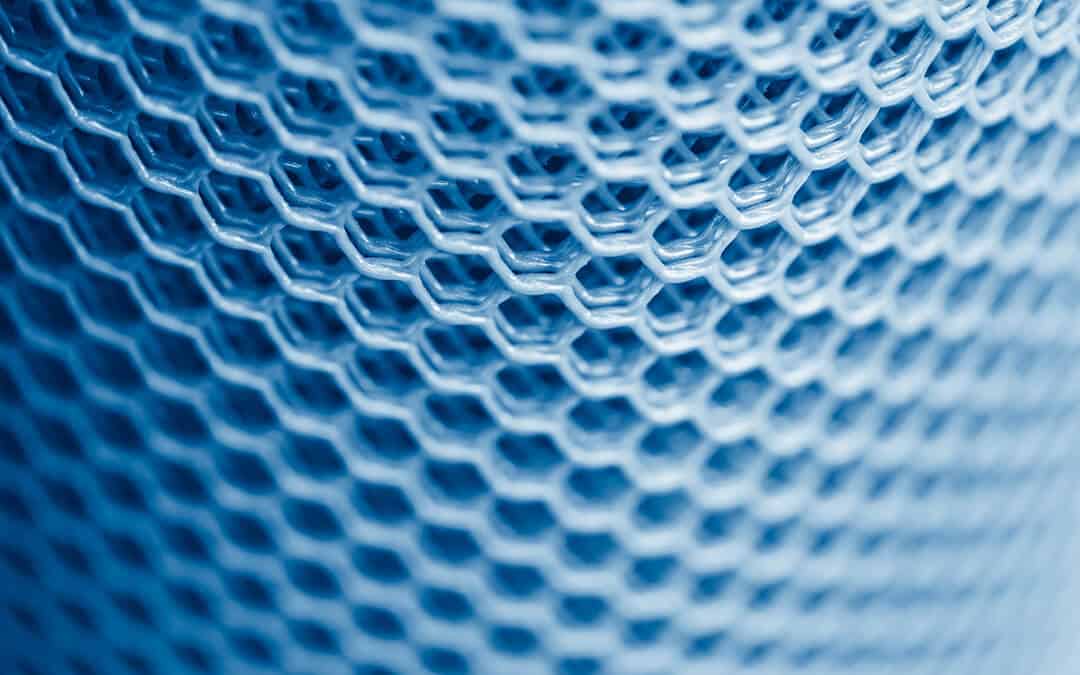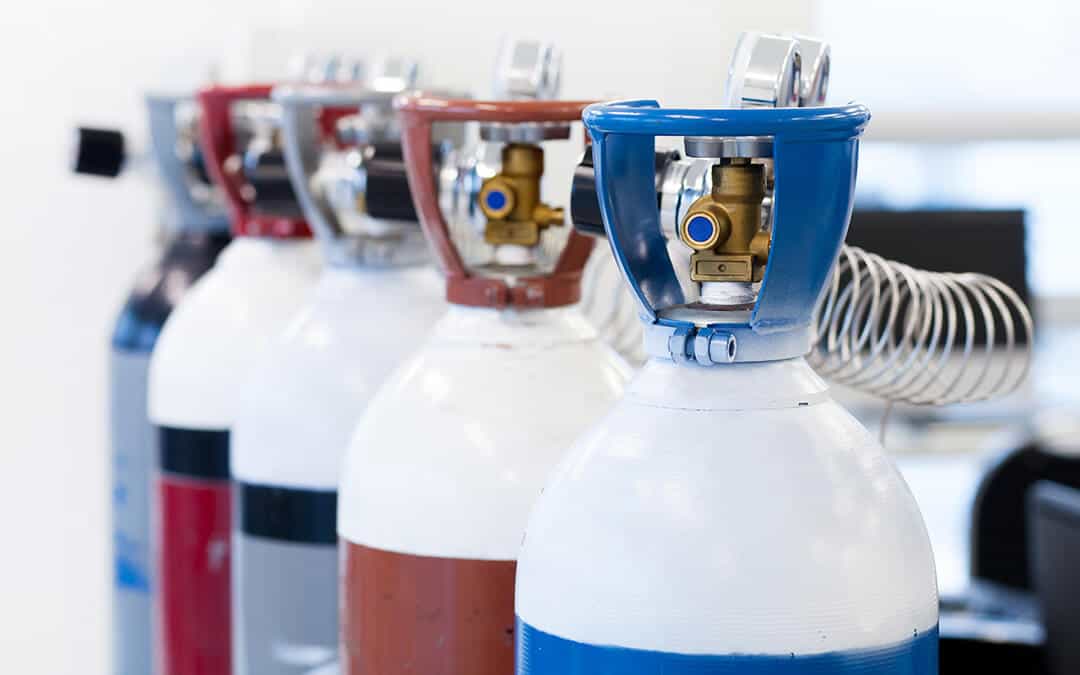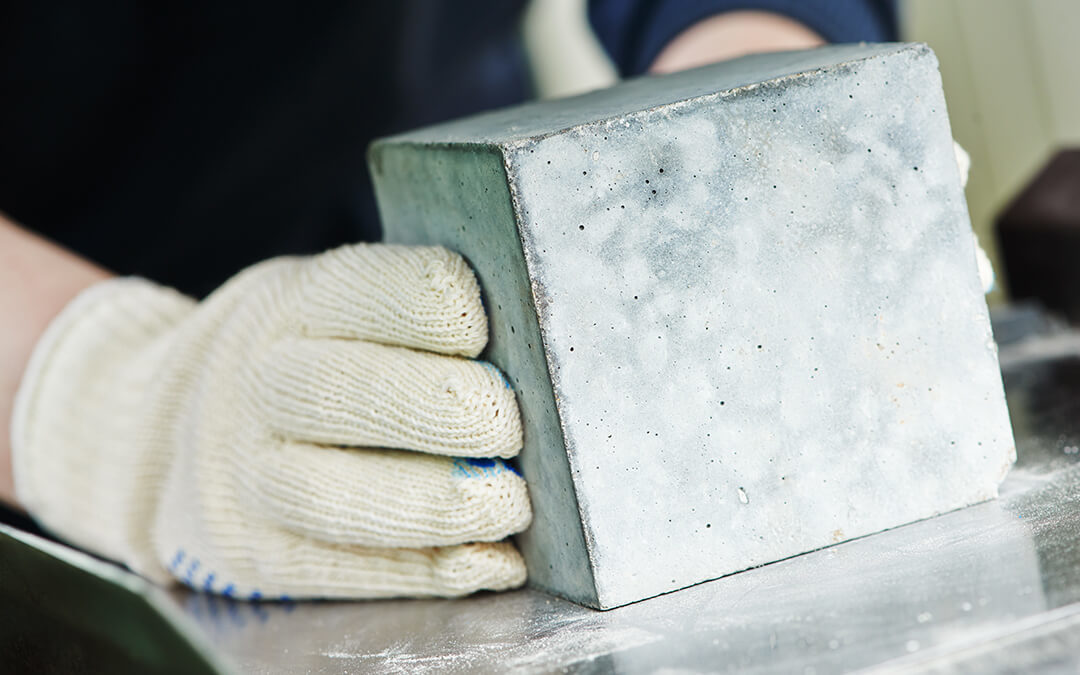While you have likely heard of carbon dioxide (CO2), it has probably been in a negative light. With its link to global warming, CO2 is building up in our atmosphere, from livestock to burning fossil fuels and more. And as populations continue to grow, so does CO2’s warming effect on Earth’s climate. But as we turn to greener lifestyles in an effort to stave off the warming and help our planet, innovative CO2 usage is helping this gas to be beneficial.
What Is CO2?
Carbon dioxide is part of the air we breathe. Formed in the combustion of carbon-containing materials, fermentation, and in the respiration of animals, CO2 is one part carbon and two parts oxygen. Carbon dioxide is colorless, with a faint sharp odor and sour taste. While CO2 is a minor component of Earth’s atmosphere, it is one of the most important gases on Earth due to its role in photosynthesis. Since humans and animals depend on plants for food, photosynthesis is necessary for the survival of life on Earth.
In its purified, concentrated form, CO2 has a whole host of uses, from carbonating beverages to assisting minimally invasive surgeries. Industrially, CO2 is often used as a refrigerant, in fire extinguishers, for inflating life rafts and life jackets, for blasting coal, for foaming rubber and plastics, and for promoting the growth of plants in greenhouses.
Innovative Uses of CO2

While CO2 might be warming up the atmosphere, it is also being used in new ways to help reduce that footprint. By minimizing the impact on global warming, these CO2 uses are helping us live greener and live better than before.
1. Concrete building materials
There are several emerging concrete technologies that use CO2 in their processes. For example, aggregates — which are incorporated into concrete, asphalt, and construction fill — can be made by converting CO2 into solid mineral carbonates like calcium carbonate. CO2 can also be substituted for water in “curing” concrete during its mixing, resulting in similar mineralization that creates stronger concrete while saving water. There is even a promising piece of tech being pushed by the EU’s Low Emissions Intensity Lime & Cement (LEILAC) project that creates a purified CO2 waste stream during the concrete process that can easily be captured and either saved or reused.
2. Liquid fuels
Today, liquid fuels — gasoline, diesel, and jet fuel — are made by refining hydrocarbons drilled from underground. But synthetic fuels can be made in many different ways, resulting in a variety of fuels that can substitute for any liquid fuel. These synthetic fuels are typically a mix of three things: a carbon-based molecule (usually CO2), hydrogen, and energy.
Right now, most CO2 comes from underground deposits, with the electricity coming from fossil fuels and the hydrogen from steam reforming of natural gas. This makes the resulting fuel extremely carbon-intensive. But if (as we are working toward) the CO2 comes from the ambient air, electricity from renewables, and hydrogen from solar-powered electrolysis (which pulls hydrogen directly out of water), the resulting fuel is extremely low carbon. These carbon-neutral liquid fuels have a huge potential market, especially in states like California and Oregon with a low-carbon fuel standard (LCFS).
3. Chemicals and plastics
Chemicals and plastics are an area in which CO2 is also proving useful. CO2 can be made into a variety of chemical intermediaries, which assist in industrial processes like methanol, syngas and formic acid. CO2 can also be transformed into polymers, the beginnings for plastics, adhesives and pharmaceuticals. Currently, only a few chemical applications of CO2 are being used commercially, including the production of urea and polycarbonate polyols.
4. Novel materials
More cutting edge (and still being worked on) is CO2’s role in high-performance materials such as carbon composites, carbon fiber, and graphene. These materials could substitute in everything from metals to concrete. Currently, C2CNT is using “molten electrolysis” to transform CO2 into carbon nanotubes, which are stronger than steel and highly conductive. These tubes are already used in high-end applications like the Boeing Dreamliner and some sports cars. Carbon materials are also being used in boutique markets like aerospace.
5. Healthcare

More commonly known is carbon dioxide’s use in the medical field. Used in surgery, for diagnostics, critical care, and anesthesia, and to enlarge body cavities for better visibility, CO2 is incredibly useful in healthcare. Recently, CO2 has been used as a cryotherapy agent, for both the removal of certain skin issues such as warts and moles, as well as an innovative whole-body recovery agent for athletes and those with mobility issues. CO2 also has the potential to be used as a carrier gas for drug delivery into open wounds, where it is put in an open wound to prevent air embolism and neurological issues during open-heart surgery.
The more technology advances, the more likely CO2 is to take on new roles in our world. At CalOx, we provide everything your business needs CO2 refilling. From standard and custom mixtures of USP, beverage- and food-grade concentrated carbon dioxide, to custom mixtures with CO2 and air, helium, hydrogen, or nitrogen, CalOx is here to help. Contact us today for your quote!
Sources:
https://www.bochealthcare.co.uk/en/products-and-services/products-and-services-by-category/medical-gases/carbon-dioxide/medical-carbon-dioxide.html
https://www.vox.com/energy-and-environment/2019/11/13/20839531/climate-change-industry-co2-carbon-capture-utilization-storage-ccu
https://pubmed.ncbi.nlm.nih.gov/18990501/
